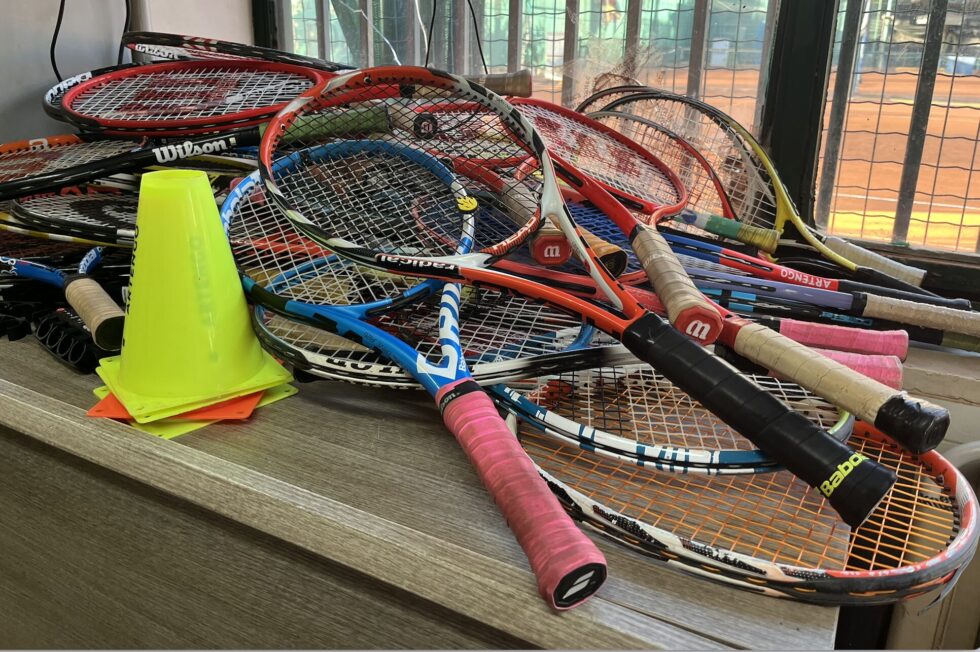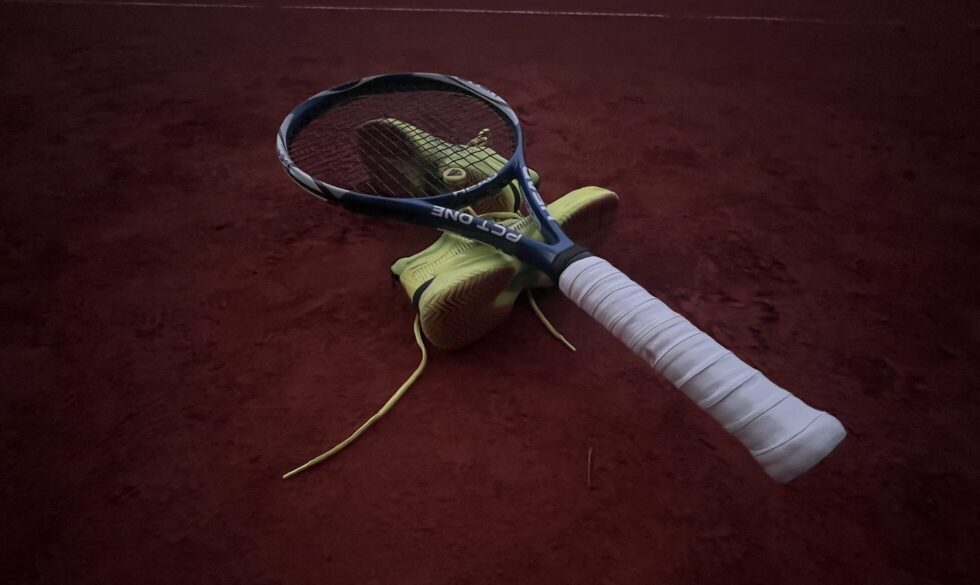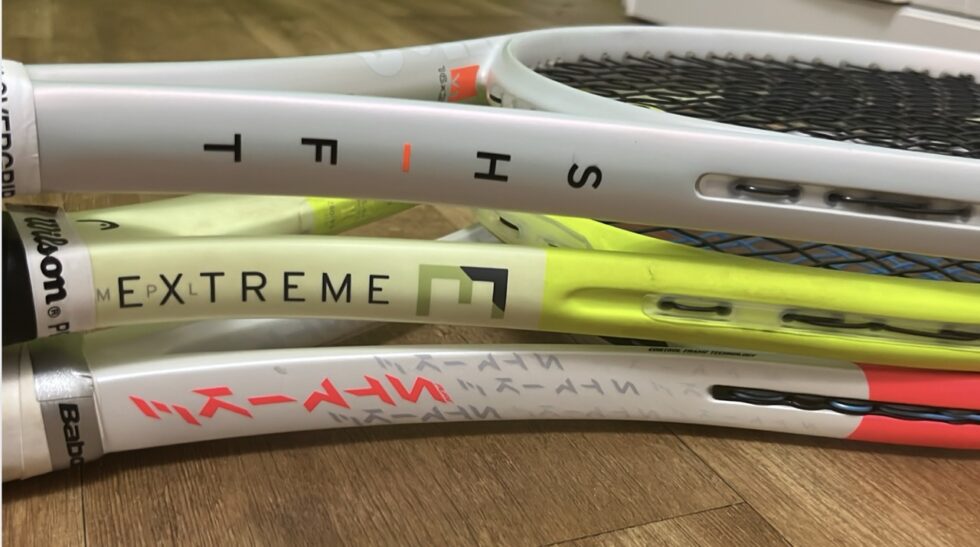Choosing the right tennis racket can significantly impact your performance, technical development, and even long-term health. Whether you're a beginner, a young junior, or a competitive club player, every level requires a different setup. A racket that's too light or unbalanced can lead to shoulder pain, tennis elbow, or wrist issues. Many casual players buy what the pros use—like Alcaraz’s Babolat or Djokovic’s HEAD—without realizing these models are built for elite tournament play, not weekend rallies.
This guide by G.Business breaks down the most important criteria—weight, balance, string pattern—for each skill level and gives actionable advice to help you choose the right racket and avoid painful mistakes.

Overview: Which racket for which level
| Player Type | Age / Level | Weight | Balance Point | Frame Stiffness | String Pattern | Racket Goal |
|---|---|---|---|---|---|---|
| 1. Children (6–13) | U10–U14 | 230–260 g | ~330 mm | soft | 16x19 | Lightweight, joint-friendly, fun |
| 2. Beginners (14+) | 0–2 years, casual | 265–275 g | 325–330 mm | medium-soft | 16x19 | Forgiving, comfortable, spin-friendly |
| 3. Intermediates | 2–4 years training | 275–285 g | 320–325 mm | medium-firm | 16x19 | Feedback, control, technique-building |
| 4. Club players | Team/Tournament | 285–295 g | ≤320 mm | firm | 16x19 or 18x20 | Precision, pressure play, advanced control |
| 5. Advanced / Pros | LK / WTA Level | 300–315 g | ≤310 mm | very firm | 18x20 | Maximum precision, fast feedback |
5 Pro Tips for Racket Selection – from a Coach’s View
- Don’t judge by weight alone
A racket under 275 g may feel easy to swing, but it often lacks the mass needed to stabilize shots. Ideal weight for regular players: 275–285 g. - Balance matters more than you think
Head-heavy rackets create stress on the wrist and elbow. Opt for a balance point under 325 mm for better control and injury prevention. - Frame stiffness = feedback
Soft frames can hide flaws in technique. Rackets with a stiffness rating above 65 RA provide better feedback and accuracy. - String pattern affects your style
16x19 strings offer more spin and forgiveness—ideal for beginners. 18x20 is best for flat, precise play. Avoid tensions over 26 kg to reduce tennis elbow risk. - Always test before buying
The perfect racket is personal. Test different models, compare them, and avoid choosing based on color or a coach’s opinion alone.
Who plays what? Tour-level examples
- Carlos Alcaraz – Babolat Pure Aero VS (Controlled spin, tight strings, explosive play)
- Jannik Sinner – HEAD Speed MP 2024 (Balanced power and control)
- Iga Świątek – Tecnifibre Tempo 298 IGA (Topspin-friendly, max control)
- Aryna Sabalenka – Wilson Blade 98 16x19 (Hard-hitting, unforgiving, precise)
Pros always choose based on style, not brand.

Want to test rackets? Try Tennis-Point
Tennis-Point offers a simple racket rental service in Germany:
- Price: €1 per racket, up to 3 at a time
- Duration: 1 week
- Requirements: Proof of residence and ID
- Refund: Rental fee is deducted from purchase if bought within a month
- Brands: Wilson, HEAD, Babolat, Yonex, etc.
Perfect for those torn between models or prepping for a tournament.
A tennis racket is more than gear—it’s an extension of your body. It shapes your rhythm, confidence, and longevity on the court. Choose it wisely. As the saying goes: Finding the right racket is like choosing the right partner. Some look good, others feel too heavy—but when you find the one, you'll know. Try it. Feel it. Then focus on your game—not your pain.
Also worth reading to stay informed: Compression Socks in Sports: Effectiveness, Medical Benefits, and Practical Use
Photo: renewz.de
